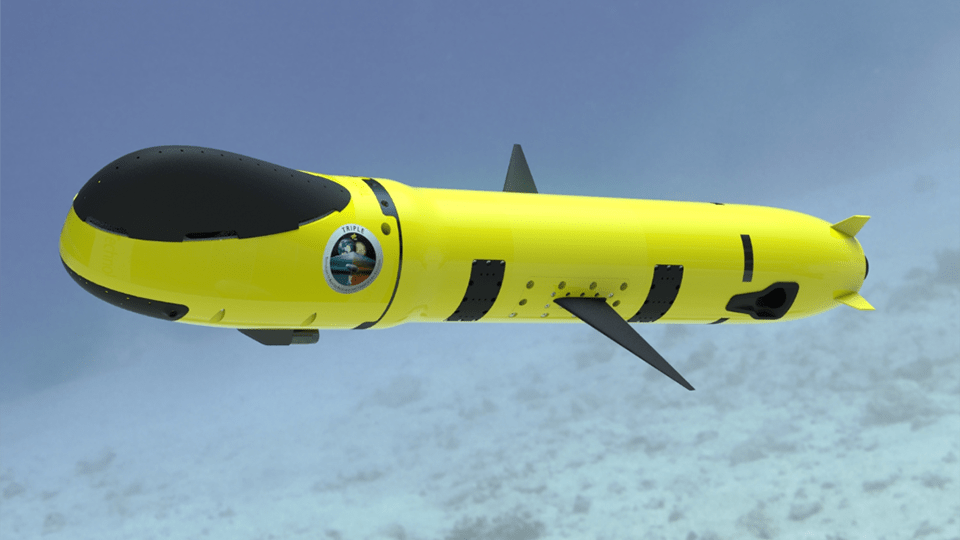
Continue reading
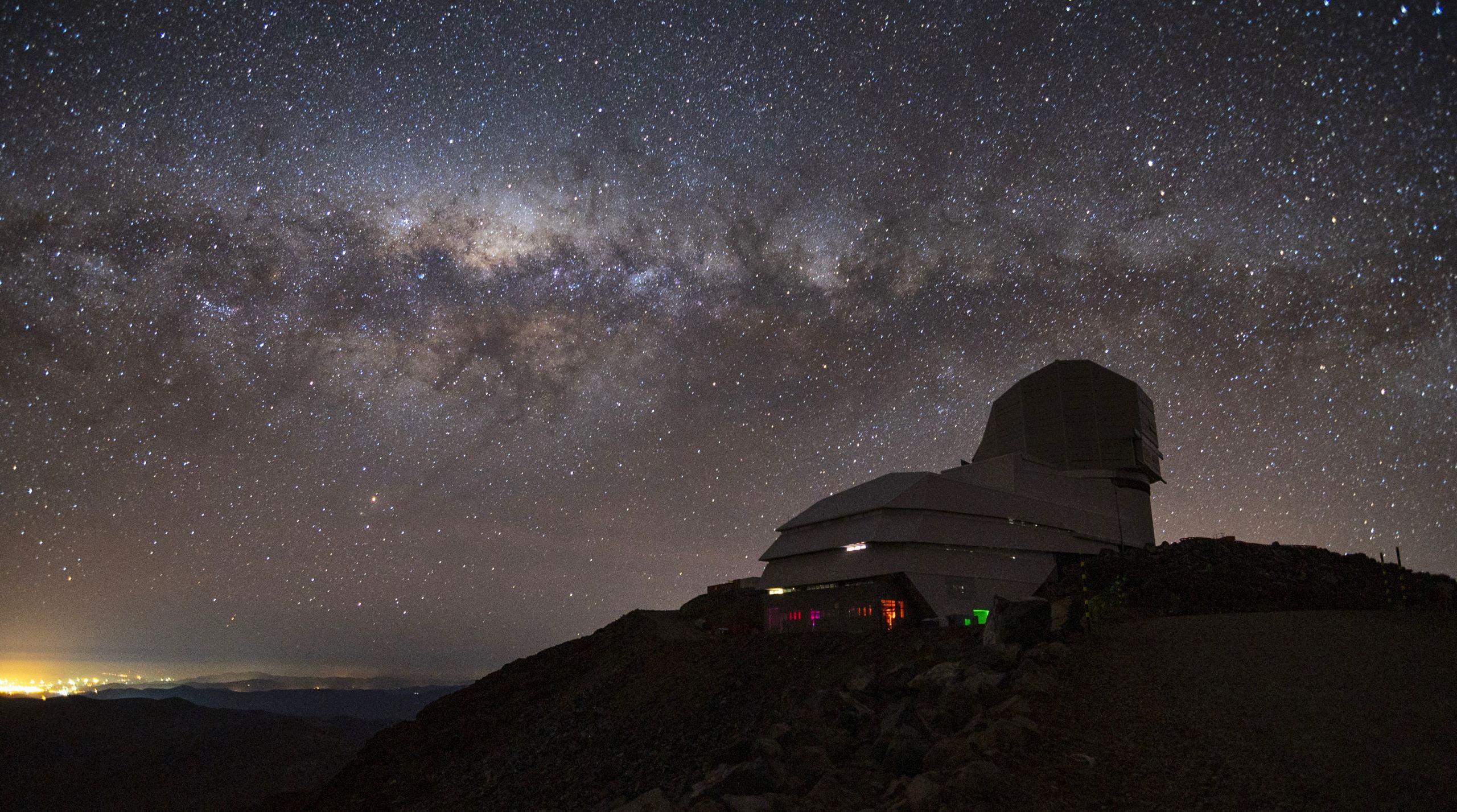
Continue reading
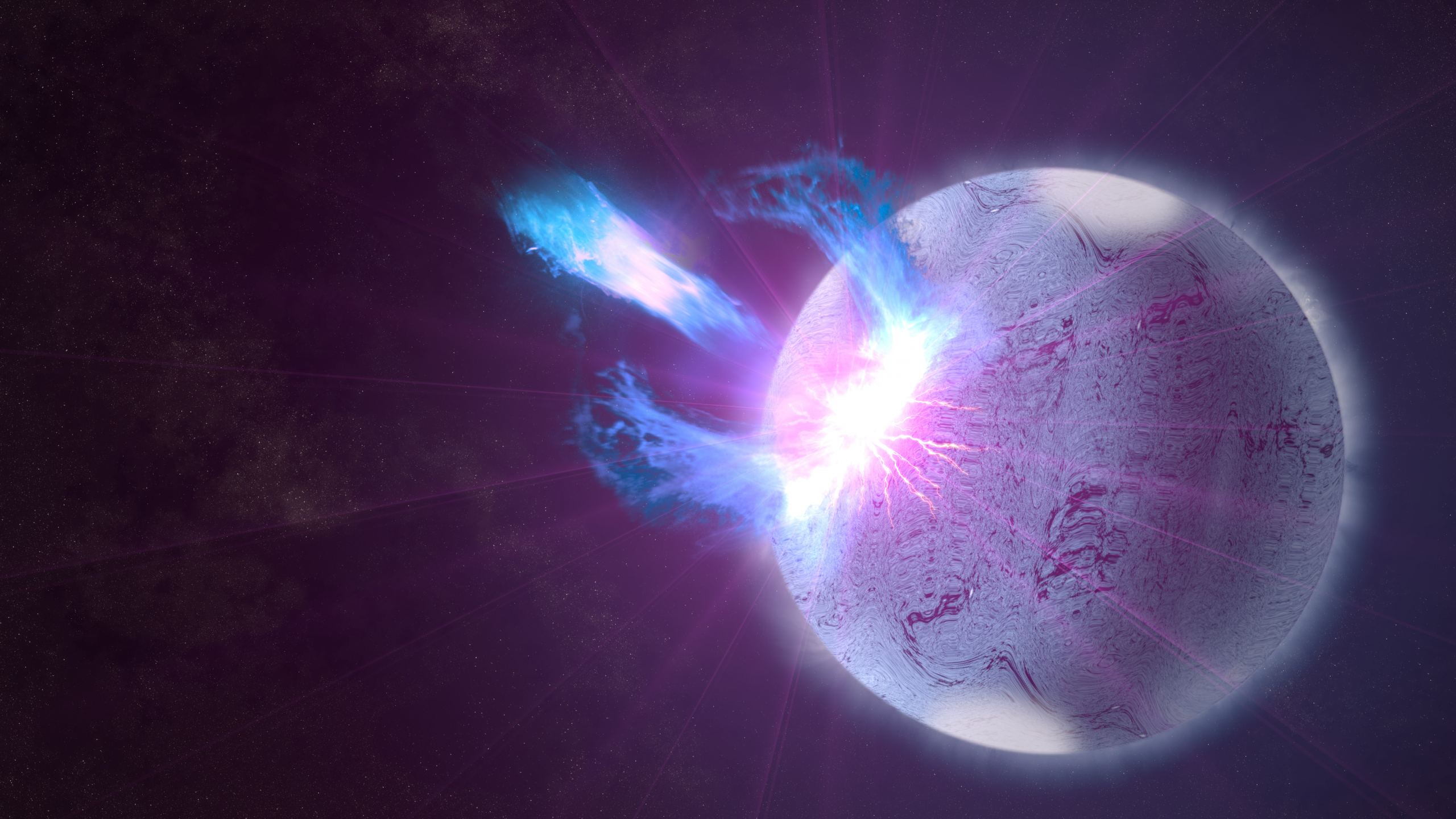
Astronomers have discovered the gravitational waves released by colliding black holes, neutron stars, and even the background waves from merging supermassive black holes. A new paper proposes that advanced gravitational wave observatories might be able to detect the presence of "mountains" on spinning neutron stars. Although they're incredibly dense, neutron stars have layers, and as they cool, their solid crusts might deform into regions farther from the central core. This would create a wobble that would release gravitational waves.
Continue reading
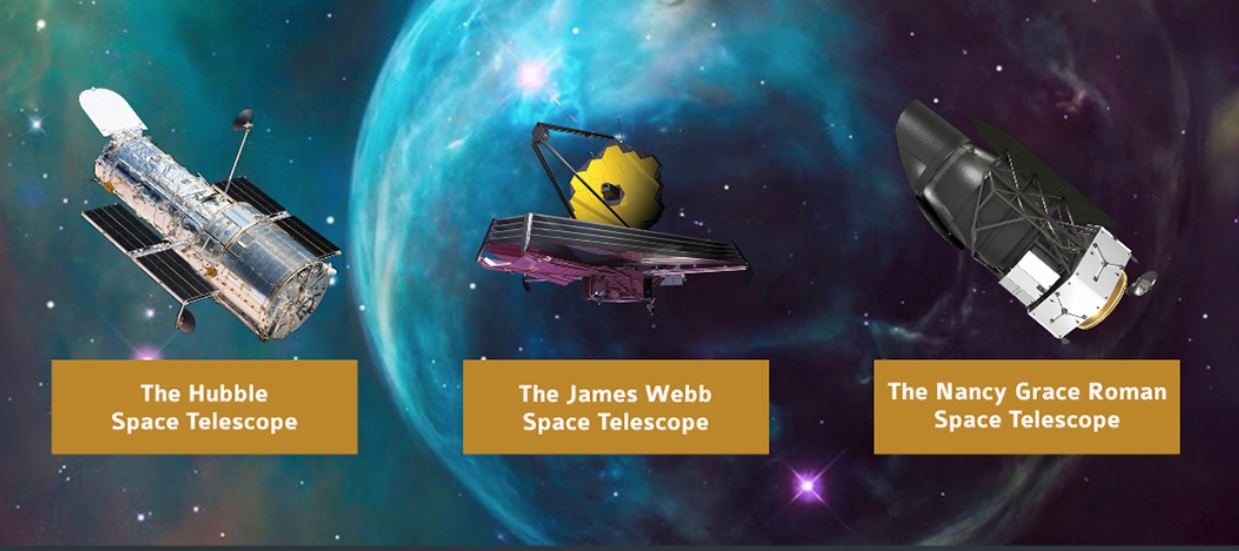
Continue reading
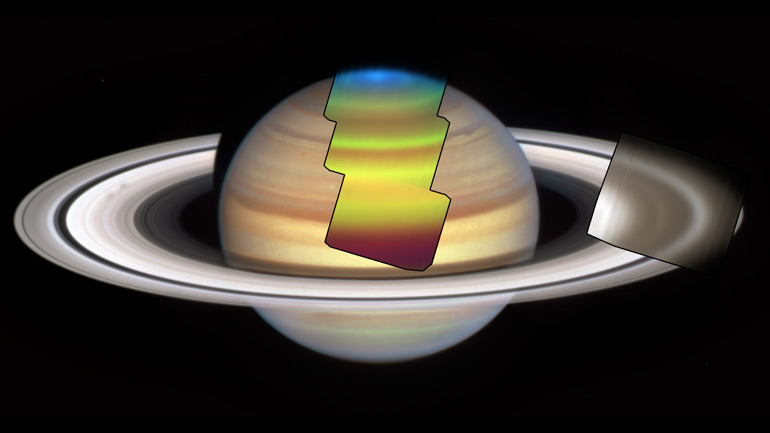
Continue reading
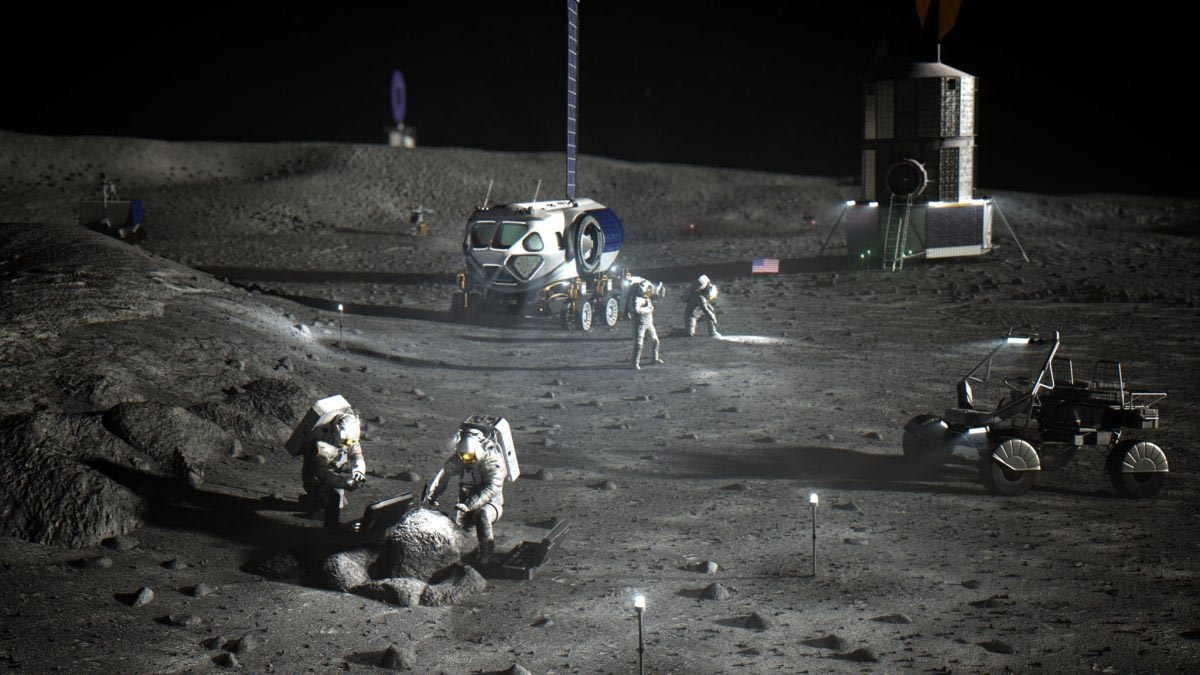
In a recent study, a geology professor developed a classification scheme for lunar regolith that could inform everything from base construction to living on the Moon.
Continue reading
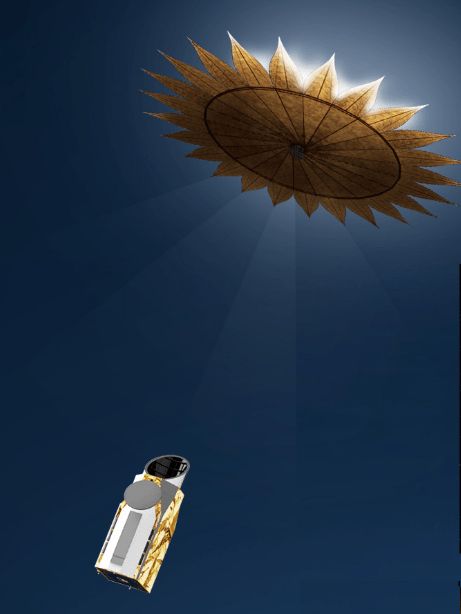
Continue reading
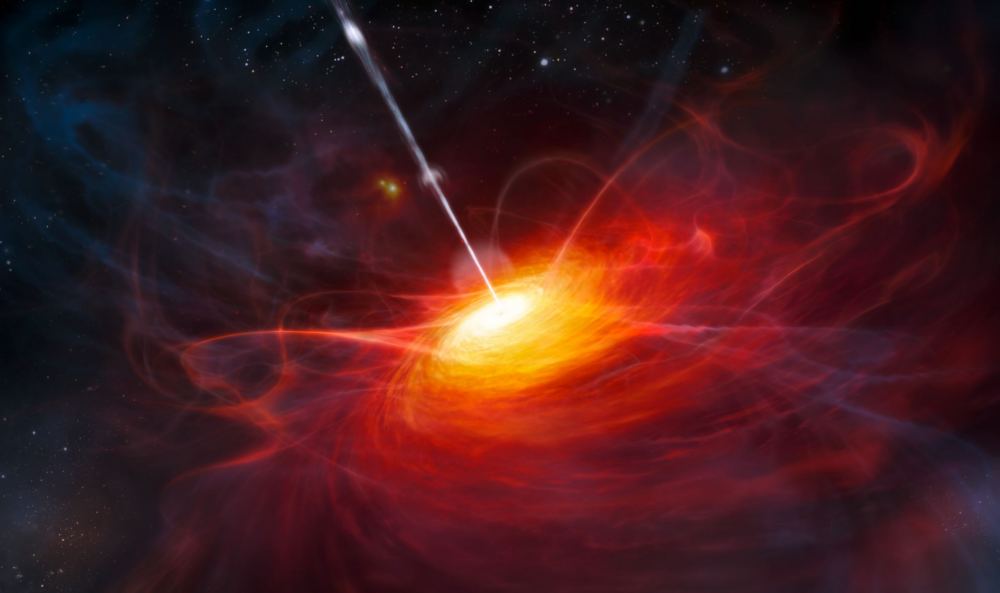
Continue reading
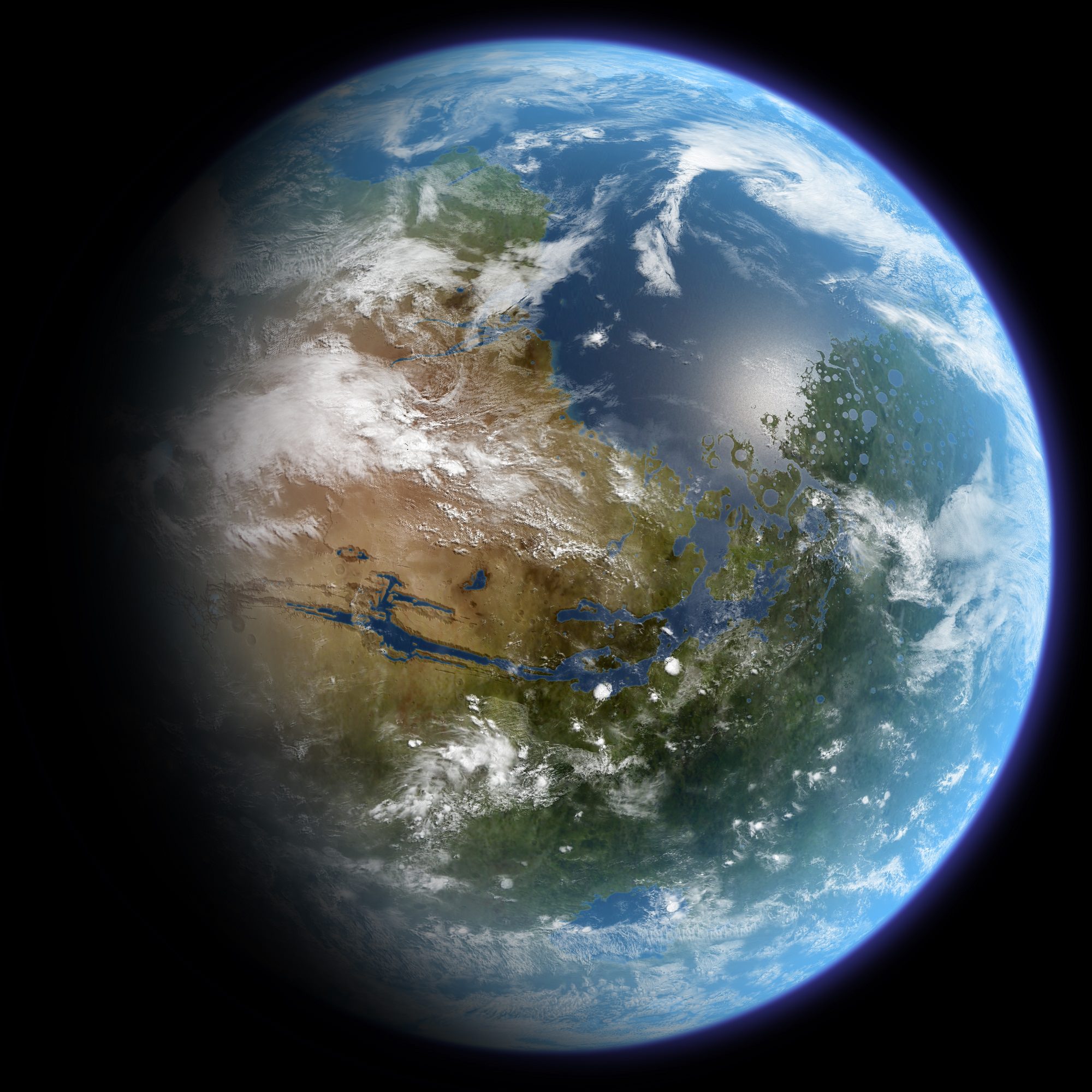
Continue reading
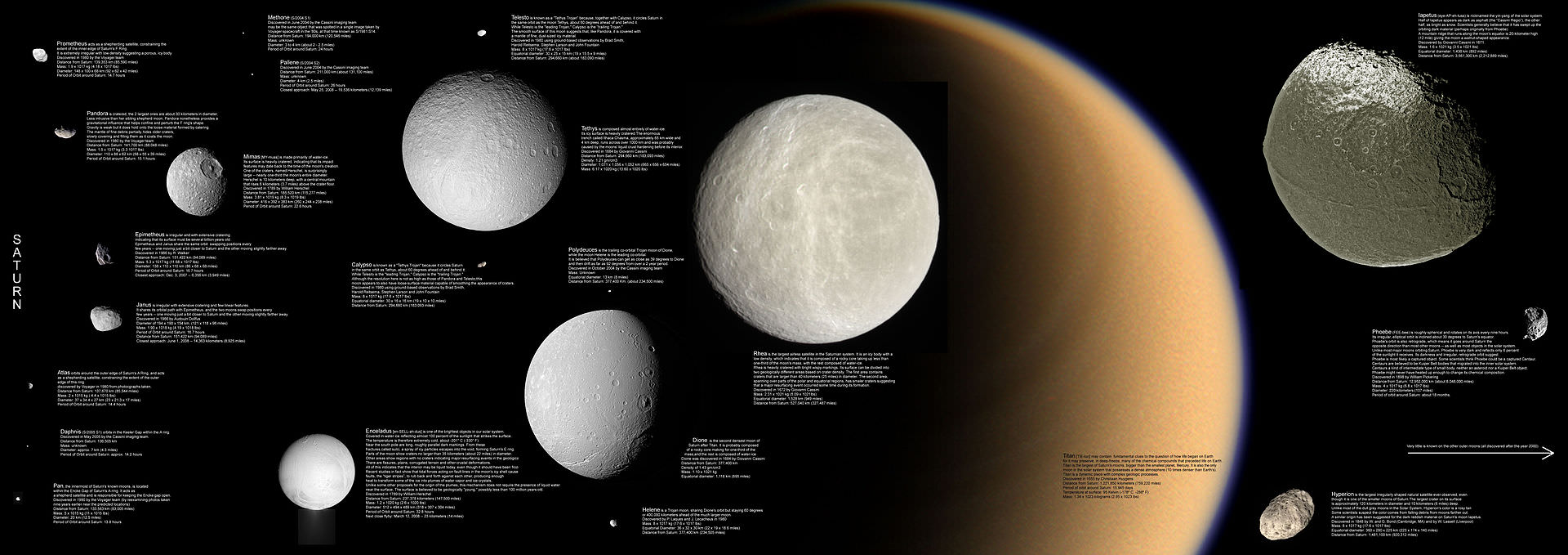
A team of researchers has obtained new estimates on the age of Saturn's irregular satellites, which range from 4.1 and 4,4 billion years.
Continue reading
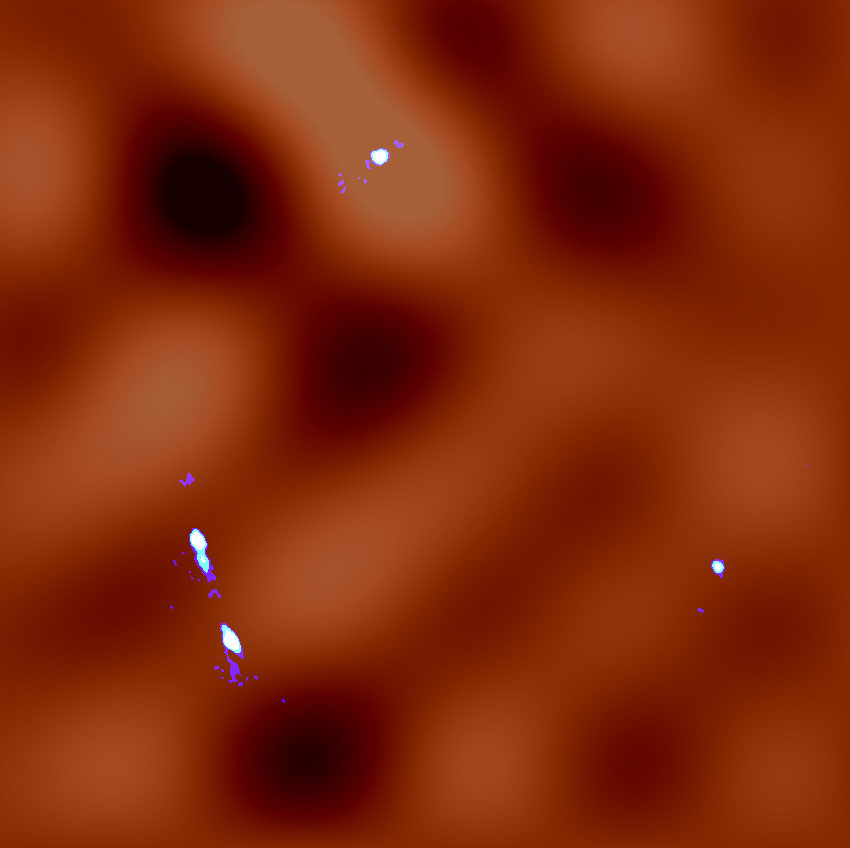
Continue reading
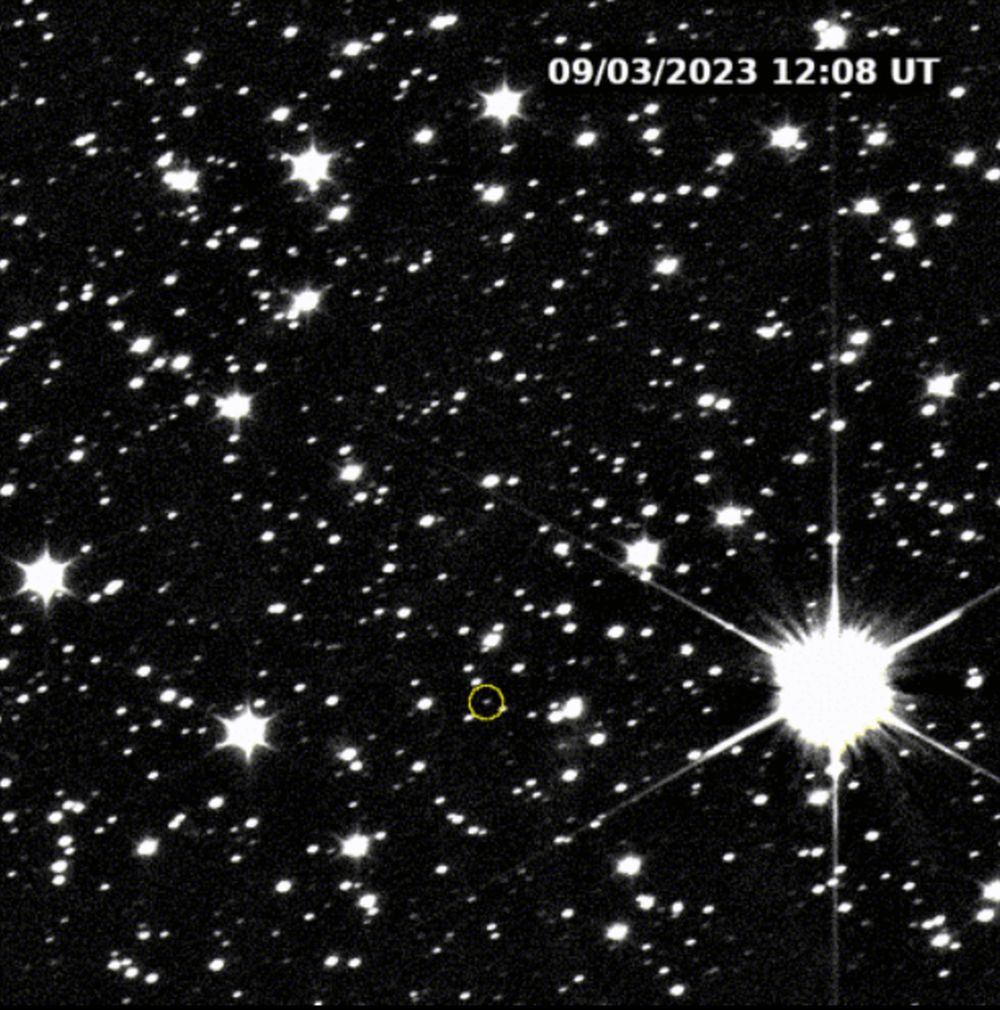
Continue reading
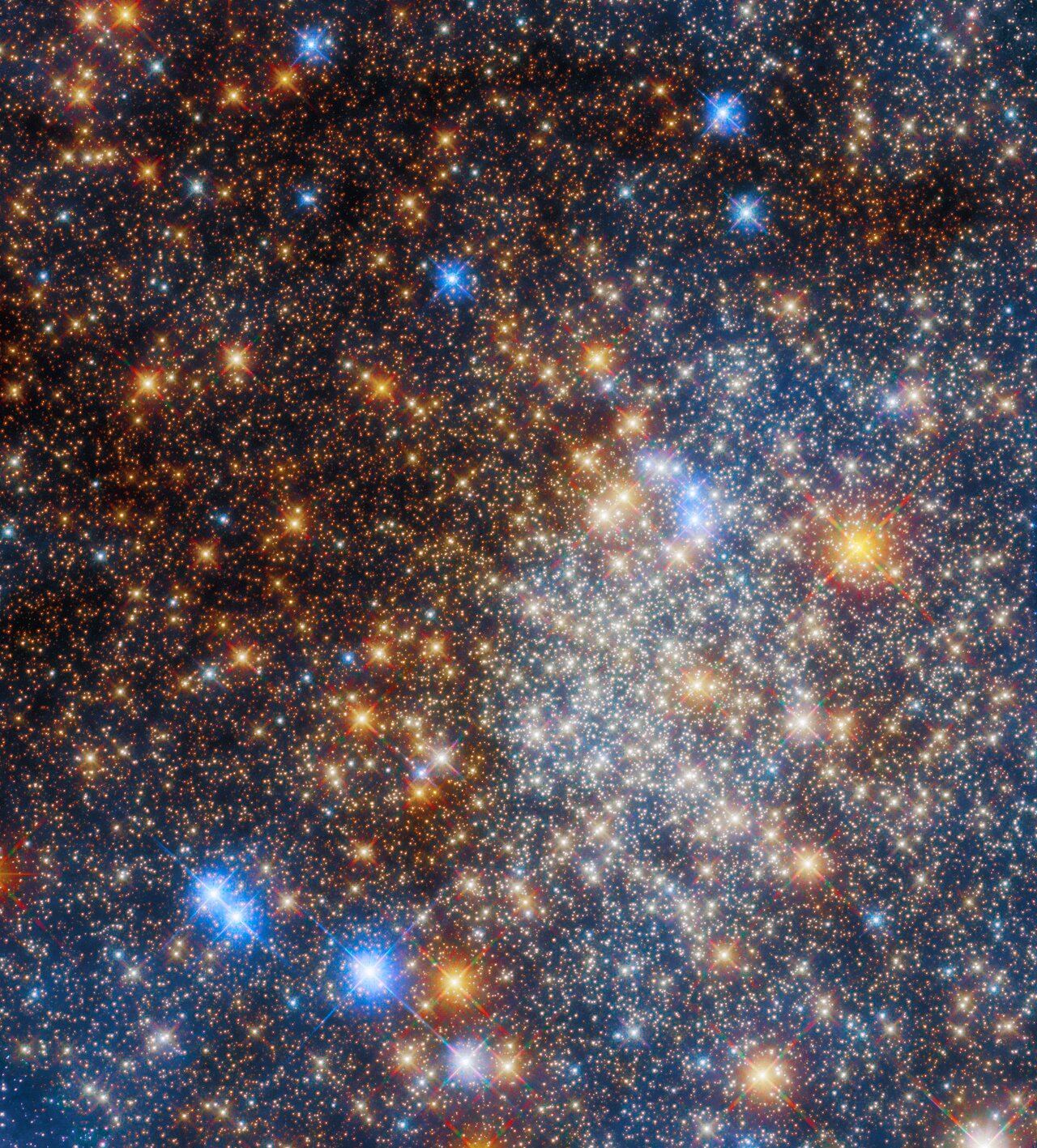
Continue reading
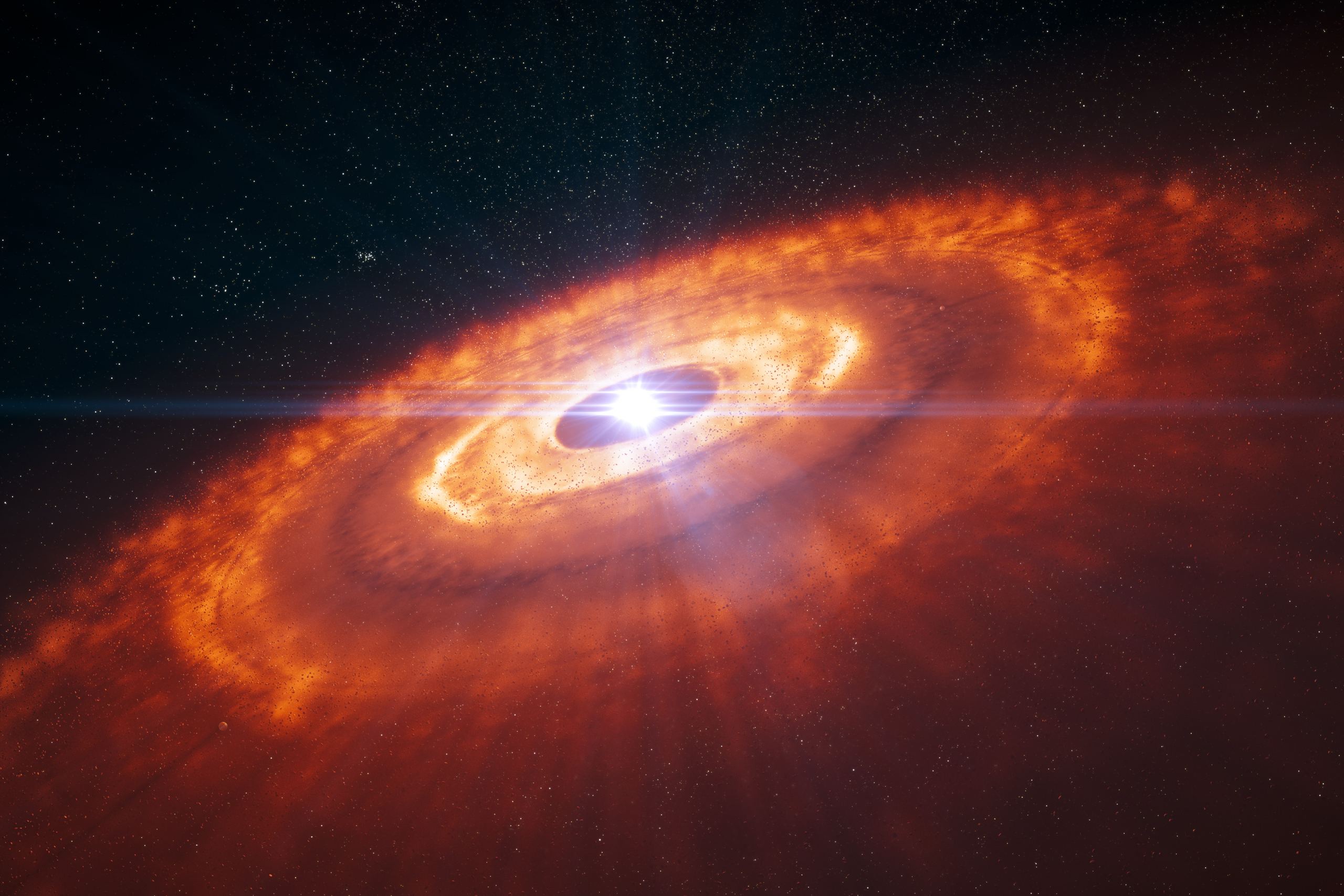
Modern instruments like ALMA have revealed newly forming stars surrounded by accretion disks. These images are so sensitive you can even see the gaps in the disk where new planets form, right? Maybe not. According to a new paper, systems with many newly forming planets are inherently unstable, so they can't all indicate new worlds. Some gaps and rings around the stars might just indicate collections of pebbles that can never accrete into actual planets. The challenge will be to figure out which is which.
Continue reading
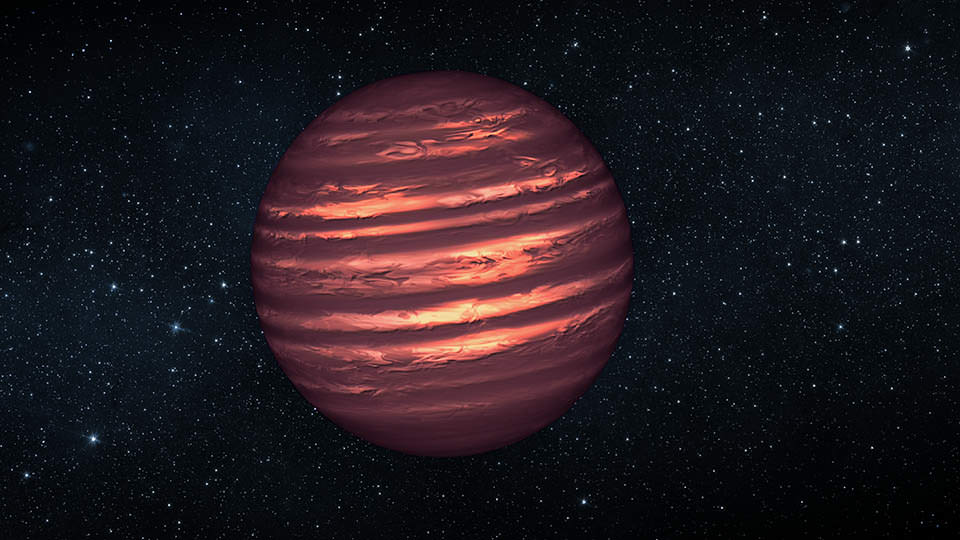
Continue reading
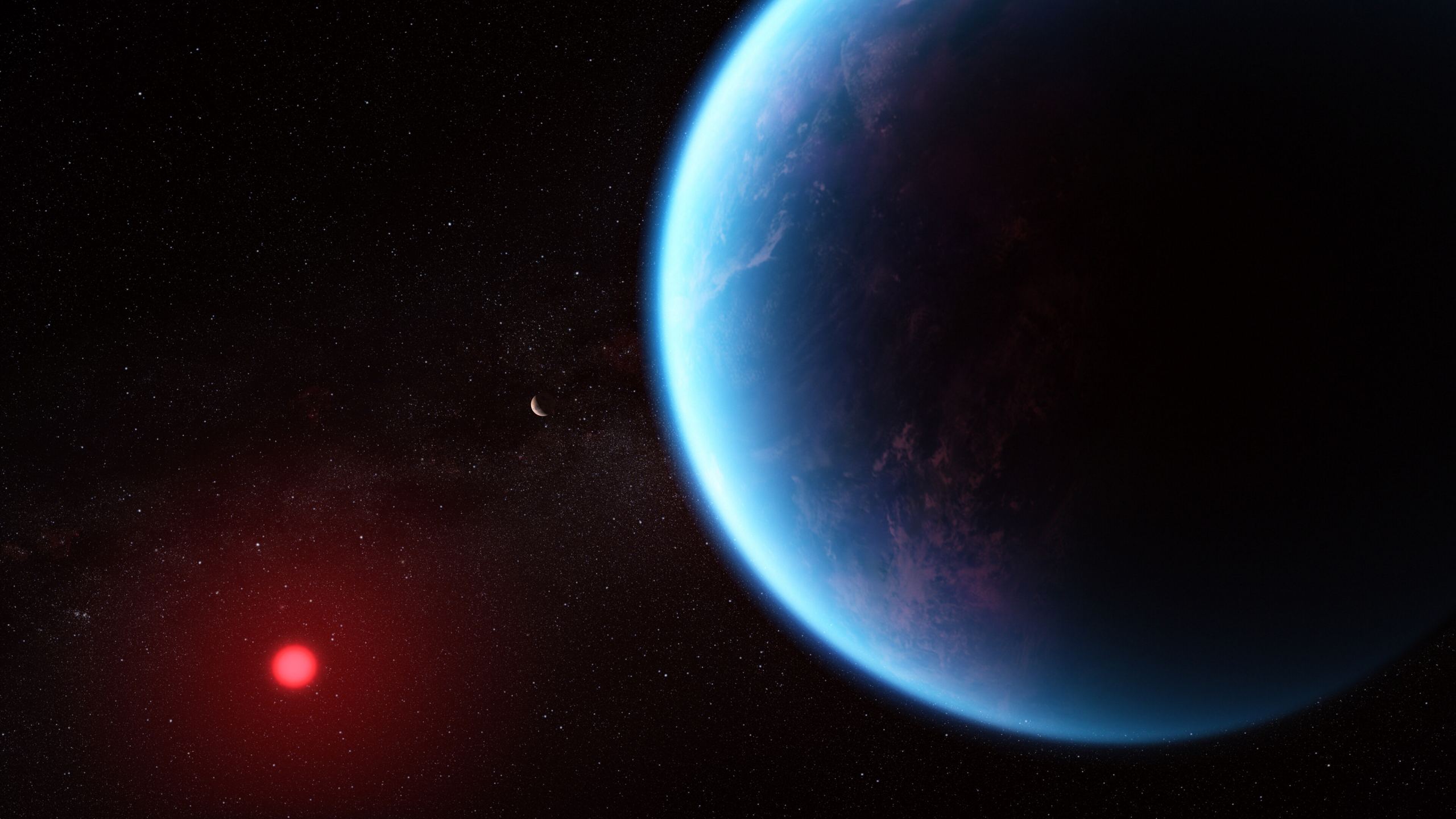
Astronomers have directed JWST to examine the atmosphere of an exoplanet called K2-18 b, which orbits a cool dwarf star about 120 light-years from Earth. The planet is 8.6 times as massive as Earth, and the observations have revealed methane and carbon dioxide in its atmosphere. This opens up the intriguing possibility that this exoplanet is an example of a theorized "hycean world," a planet with a hydrogen-rich atmosphere and a water ocean covering its surface that extends deeper than anything we have on Earth.
Continue reading
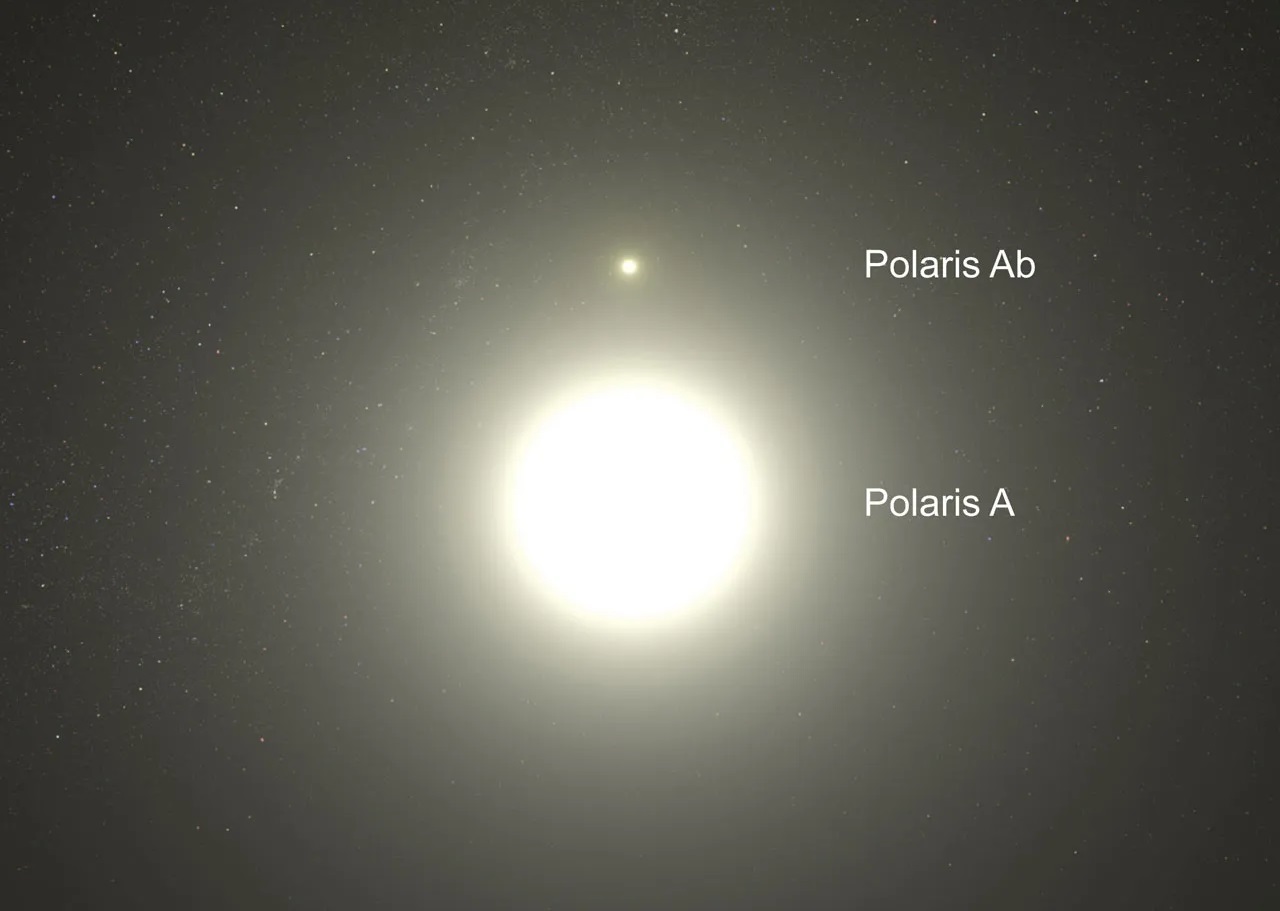
A new study has revealed that Polaris' pulsating behavior may be caused by its binary companion, resolving a long-standing mystery in astronomy.
Continue reading
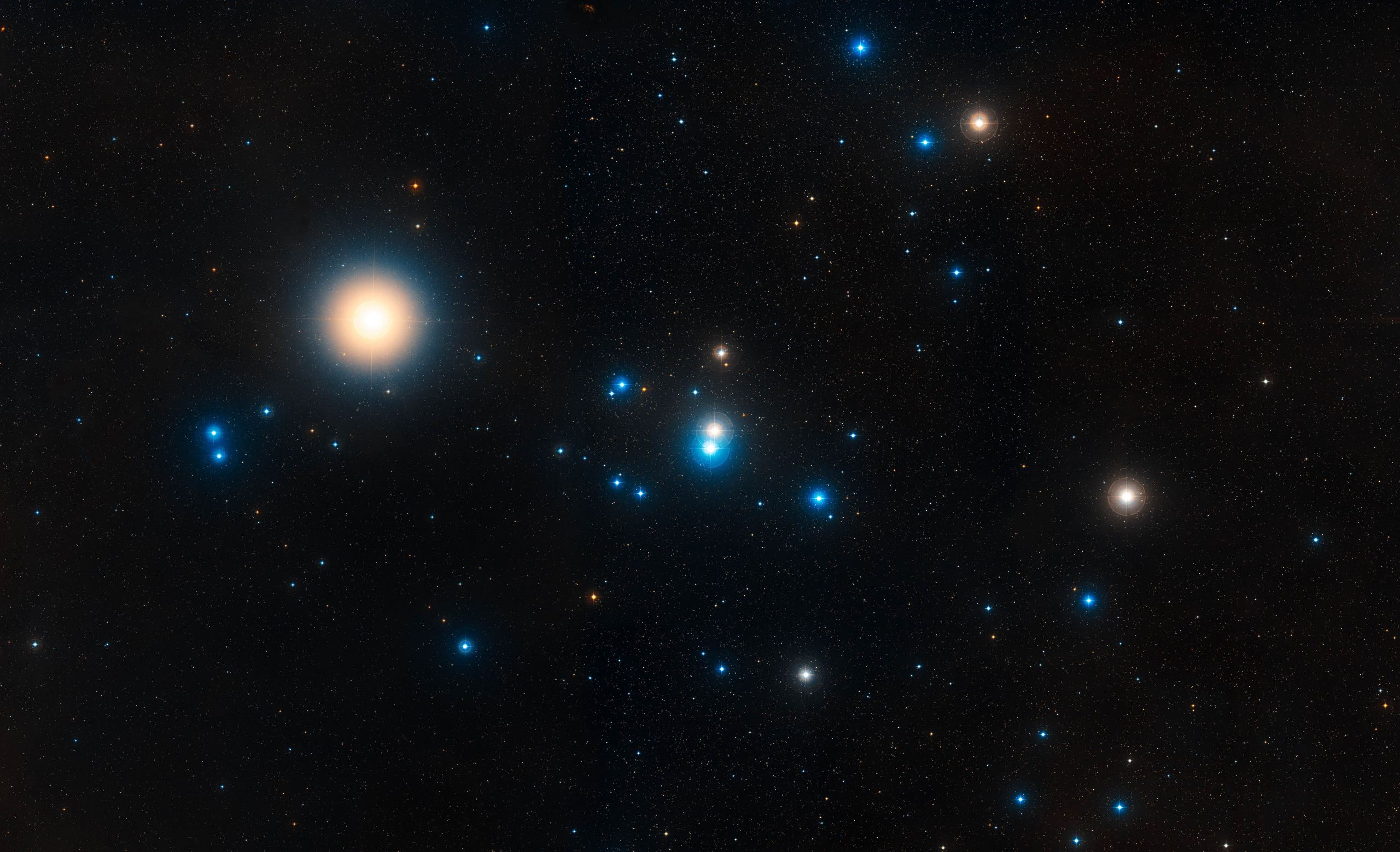
The Hyades cluster is the closest open star cluster to Earth, located at a distance of about 150 light-years. Although black holes haven't been directly seen in the cluster, it's an excellent place to search for them because the largest stars would have detonated as supernovae and collapsed in neutron stars and black holes. Astronomers have simulated the motions of stars in the cluster with black holes lurking around and then compared them to the motions of the actual stars. They only matched with the presence of black holes near the center of the cluster.
Continue reading

Astronomers don't know if the Universe is finite or infinite. Whatever the case, it's larger than the Observable Universe, which measures 93 billion light-years across. A new paper proposes that the actual Universe is comparatively tiny, not much bigger than its observed size - just a few orders of magnitude larger. A smaller Universe solves some problems with other theories of cosmology, including inflation and the amount of dark energy in the Universe.
Continue reading
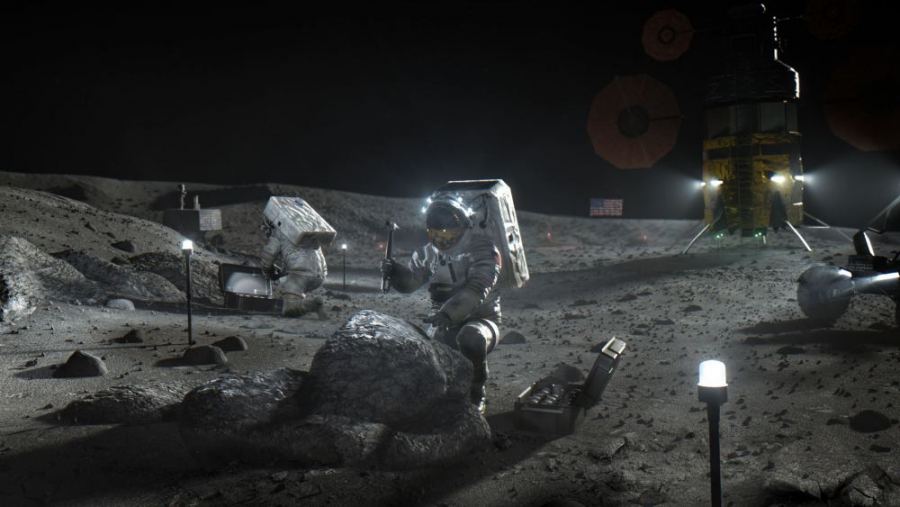
A new study from Caltech shows that the moon experiences "moonquakes" with precise regularity, like a "lunar alarm clock."
Continue reading




















